
Brooklyn Dodgers (1890-1957)
First Game Played April 19, 1890
Last Game Played September 29, 1957
Alternate Logo
Click here for Chriscreamer.com's Brooklyn Dodgers Page

Historical Moments
Brooklyn plays a crucial role in the development of the National Pastime. Brooklyn was the home of the greatest armature team, the Brooklyn Atlantics.
They were even the first to defeat the Professional Cincinnati Red stockings in 1870 despite having several players raided off their roster for the original Cincinnati professional team.
Brooklyn Dodgers (1890-1957) Best
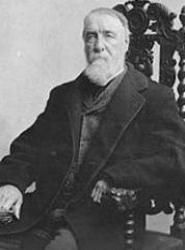
"Father of Basebll" Henry Chadwick

A Death in the Family The Unthinkable becomes a reality
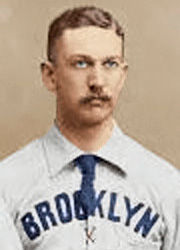
Adonis Terry
1890-1891

Al Gionfriddo
1947

Al Lopez
1928-1935

Arky Vaughan
1942-1943, 1947-1948

Art Herring
1934, 1944-1946
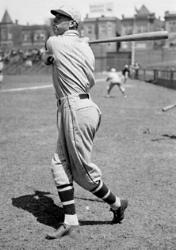
Babe Herman
1926-1931, 1945

Babe Phelps
1935-1941

Babe Ruth
1938 Coach
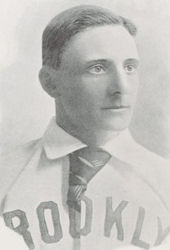
Bill Shindle
1894-1898
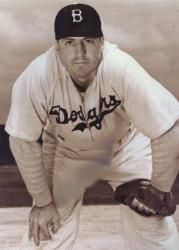
Billy Herman
1941-1943, 1946

Bobby Bragen
1943-1944, 1947-1948
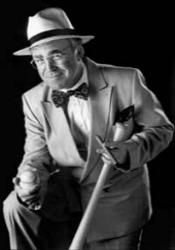
Branch Rickey
President 1943-1950

Brickyard Kennedy
1892-1901
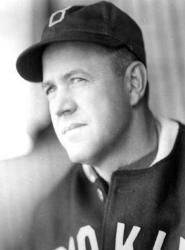
Burleigh Grimes
1918-1926
Brooklyn Dodgers (1890-1957) Stadiums
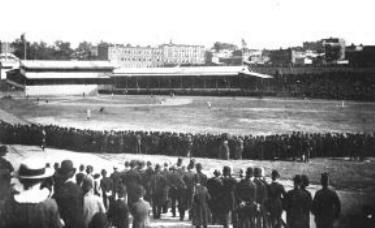
1890
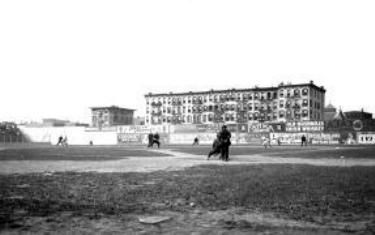
1898-1912
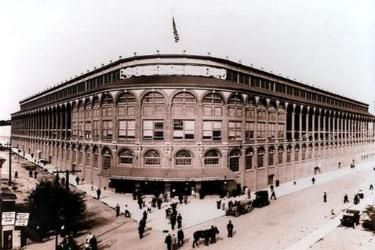
Opening Day April 9, 1913
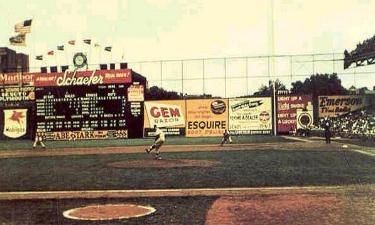
1913-1957
Championship Teams
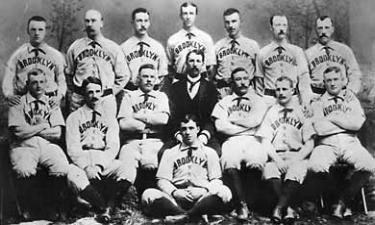
1890 NL Champions
Brooklyn Bridegrooms
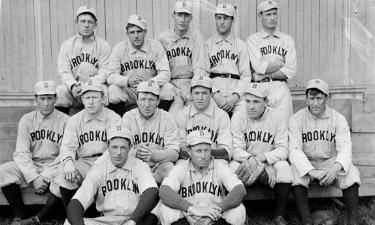
1899 & 1900 NL Champions
Brooklyn Superbas
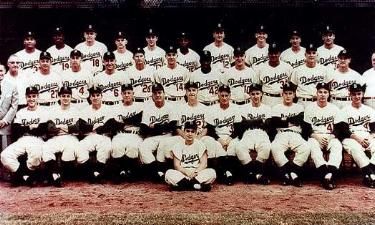
1955 World Champion
Brooklyn Dodgers